Ornithology Final Exam
1/147
There's no tags or description
Looks like no tags are added yet.
Name | Mastery | Learn | Test | Matching | Spaced |
|---|
No study sessions yet.
148 Terms
What percentange of birds are socially monogamous?
80-90%
What is the mating system where there is only one female and multiple males?
Polyandry
What is the term for an individual that performs parent-like behavior towards young that are not it’s own offspring?
Helper
Hypothesis where individuals born on low quality territories may do better by dispersing immediately?
Benefits of Philopatry hypothesis
What is the term for food sharing in cooperatively breeding birds where parents, siblings, or unrelated adult birds feed altricial hatchlings?
Allofeeding
What is the purpose of a nest?
Provide a location and structure for the incubation of eggs, Provide protection from the elements and predation
What is the term for this nest type?
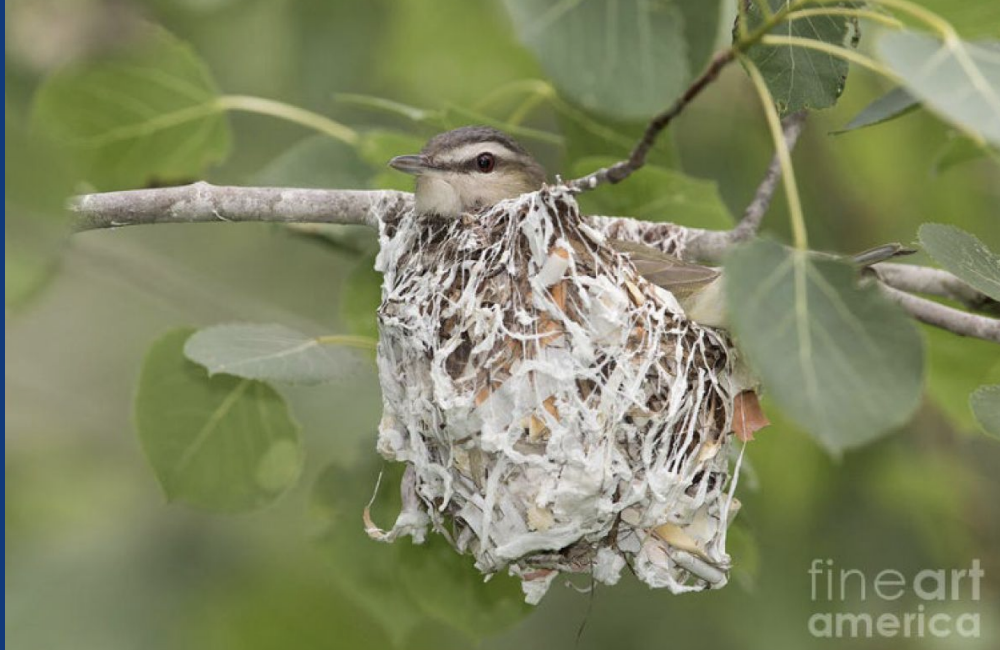
Pensile
What is the term for birds that excavate their own nest?
Primary cavity nesters
In which group of birds does the female seal herself up in the nest for the entire incubation and nestling period?
Hornbills
What family of birds do not physically incubate their eggs?
Megapodidae
What percentage of birds have shared male and female incubation?
47-50%
What is the term for the copulatory organ of male ratites and waterfowl?
Cloacal phallus
What is the term for hatching when incubation is initiated immediately after the first egg is layed?
Asynchronous
Name two important structures that chicks have when they exit the egg that they lose soon after?
Egg tooth and hatching muscle
What is the difference between siblicide and brood reduction?
Brood reduction is when the number of nestling that survive to fledge is less than the number hatched, siblicide is when nestlings can contribute to brood reduction through outcompeting nest mates for food and/or physical attacks
What is the term for migratory restlessness in birds?
Zugunruhe
Name two ways that birds prepare for migration
hyperphagia and fat deposition
What is the term for migration when fall and spring routes follow different paths?
Loop migration
Name the three types of navigation compasses that birds use?
Sun compass, star compass, magnetic compass
What is the name of the method used to study migration that uses feather chemistry?
Stable isotope analysis
For which group of birds is predation of adults a major population threat?
Ducks and upland gamebirds
What limits clutch size in altricial birds?
Ability of parents to feed young
Name two density-dependent factors that limit avian populations
Food density, habitat and nesting sites, predation, disease
What are some of the costs associated with enlarged clutches?
Loss of mass/immune function and fewer eggs the following year (Common eiders), Effects on male plumage color, decrease in lifetime reproductive success (Eastern bluebirds), Lower winter survival (Common Kestrels)
How does mortality relate to clutch size and age specific fecundity?
High annual mortality is correlated with larger clutch sizes and higher fecundity.
What is considered the biggest threat to avian populations?
Habitat loss and degredation
What is the term for a species for which successful conservation actions would also help preserve many other species within its biological community?
Umbrella species
What conservation actions were taken to help save the California Condor?
Captive breeding and reintroductions
What is the term for human-assisted movement of individuals from one location to another for conservation purposes? Name a species mentioned in class for which this method has been successful?
Translocations. Oxpecker, Kakapo
What are the three factors that influence rarity and vulnerability of avian populations? Which features are considered the highest form of rarity?
Habitat specialization, Local abundance, and Geographic range. Rarity form six: Habitat specialists with low abundance and small geographic range
Which species has the world record for the longest non-stop flight?
Bar-tailed godwit
Define social monogamy
Individuals pair off with one member of the opposite sex for one to several breeding periods.
What are the forms of social monogamy
Mate‐guarding monogamy—males associate with a female to prevent her from mating with other males.
Mate‐assistance monogamy—males associate with a female to help her increase the number of offspring reared per breeding season.
Female‐enforced monogamy—males associate with a female that is capable of preventing her partner from seeking other mates.
Define polyandry
Females accept sperm from more than one male per breeding season.
What are the secondary forms of polyandry?
Male‐enforced polyandry—females are forced to copulate with sexually aggressive “partners.”
Convenience polyandry—females mate with more than one male because the costs of rejecting secondary suitors is too high.
Material benefits polyandry—females mate with more than one male to secure the resources or the parental care that secondary partners provide.
Fertility insurance polyandry—females mate with more than one male to reduce the probability that a primary partner’s sperm are defective
Define polygyny
Some males are able to gain sexual access to two or more females.
What are the secondary forms of polygyny?
Deception‐based polygyny—males induce secondary females to pair with them by behaving as if they were monogamous.
Female‐defense polygyny—males defend and monopolize groups of potential mates against rival males.
Resource‐defense polygyny—males defend and monopolize valuable resources that attract several mates to them.
Lek polygyny—males defend a small display territory where they may persuade visiting females to mate with them.
Explain how patchy availability of territories can promote polygyny in birds.
Food / nesting sites, Might pay (reproductive success) for the female to be the second female on a good territory vs. first female on a poor territory
What is polygynandry? Name a species known for this mating system
both sexes attempt to mate with every group member of the opposite sex, but the dominant alpha male (usually the oldest) will often protect his favourite females from lowly ranked males. Dunnock
Why would species choose to breed cooperatively?
If there is a low likelihood of there being suitable habitat for adult offspring to disperse to, it may be more beneficial to stay and help parents raise young until a better opportunity opens up, or parents could die and offspring would inherit good territory
How might helpers directly benefit from helping? List three reasons.
Inherit the natal territory, 2. Occupy another nearby territory of equal quality, 3. Avoid mortality associated with lower quality habitat by remaining at home
Know the three models used to explain why species would delay dispersal.
Habitat saturation model: Suitable breeding habitat slots are filled, Young individuals are forced to delay dispersal
Marginal habitat model: Builds on habitat saturation model, Additional constraint = lack of habitats of marginal quality, Eliminates the potential for non-breeding floaters
Benefits of Philopatry (BOP) model: Population variation in territory quality, Individuals born into high quality natal territories remain at home, Despite availability of lower quality territories
What are some of the hypotheses suggested to explain cooperative breeding in birds?
Sexually immature: Mexican jays
Skill hypothesis: White-winged Choughs
Sex-ratio bias: Excess of males
Explain the polygyny threshold model. When are females expected to mate with an already mated male?
polygyny should evolve when females experience greater reproductive success by mating with an already mated male rather than an unmated one
What factors influence males’ abilities to gain copulations in a lek mating‐ system?
male dominance (dominant males have higher mating success), male relatedness (the more closely related lek members are, the higher their fitness is)
Why are a higher proportion of bird species monogamous compared to reptiles and mammals?
Once egg is laid, both parent birds can assist with all the remaining stages of
chick development (mammals have one-sided care like gestation and lactation, reptile eggs don’t require much care)
What is Hamilton's rule (know the equation and its components)? Explain does it help to explain the evolution of helping behavior.
rB > C
• r = relatedness
• B = additional offspring
• C = cost of helping
Helper must be closely related to the breeder and significantly increase the fitness of the breeding pair for there to be a reason to cooperatively breed for fitness

Scrape nest, piping plover
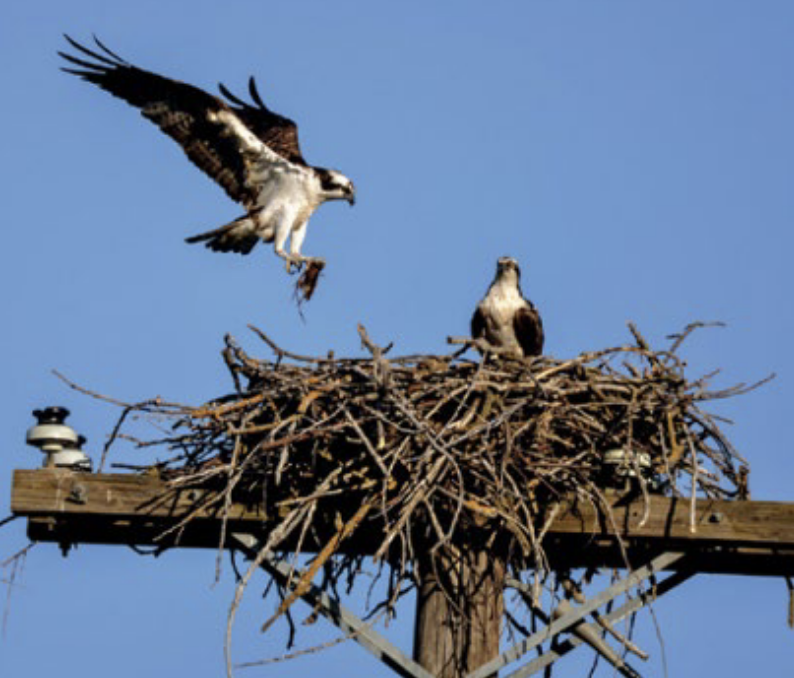
Platform, doves, hawks, herons, grebes, terns
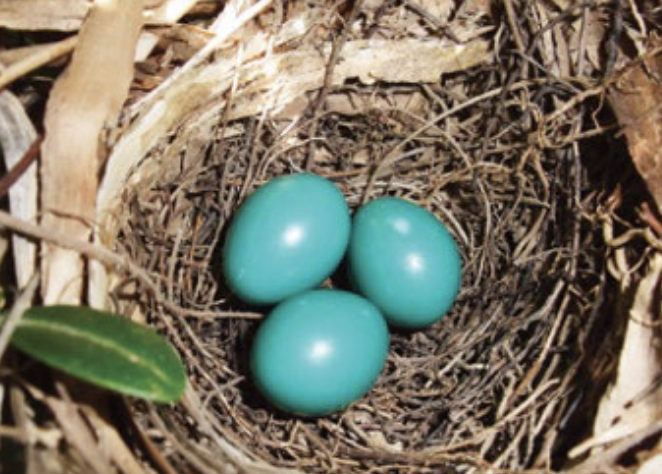
Cup nest, most passeriformes
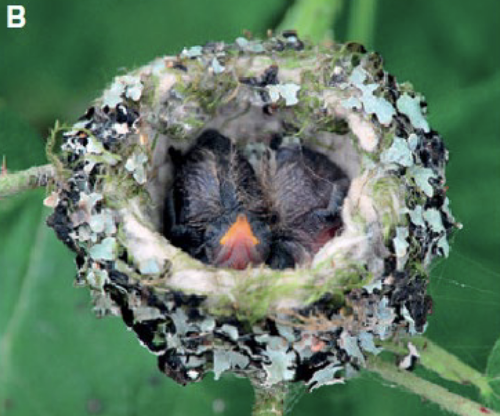
Statant cup nests, hummingbirds

Pensile cup nest, kinglets
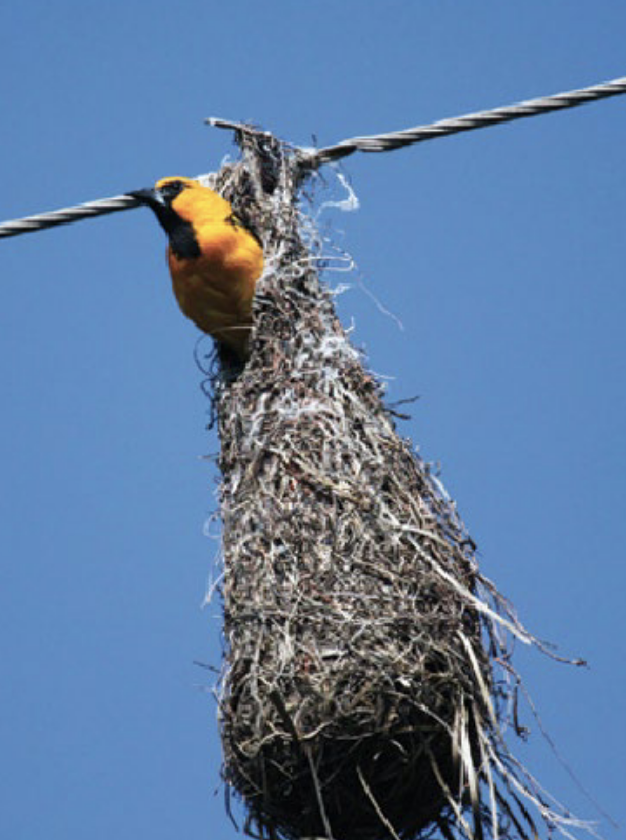
Pendulous cup nest, orioles
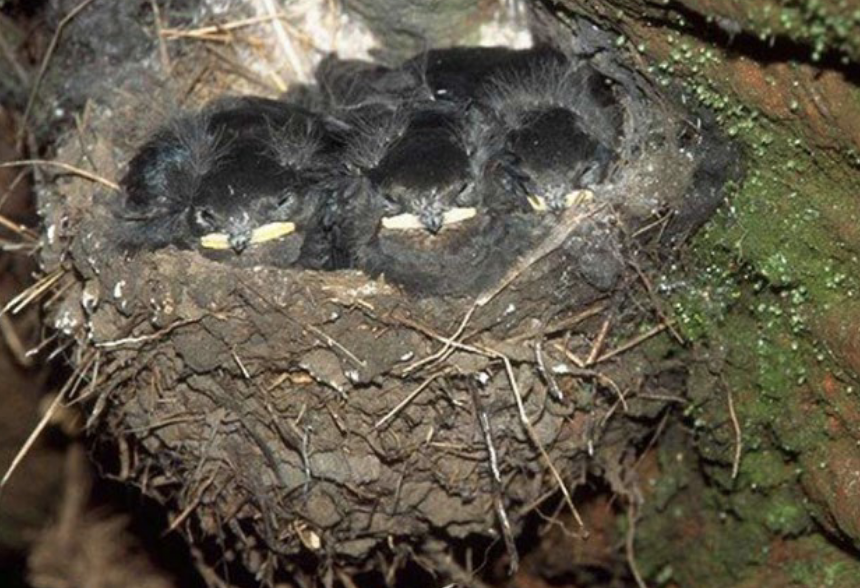
Adherent cup nest, swifts and swallows

Domed nest, cactus wren
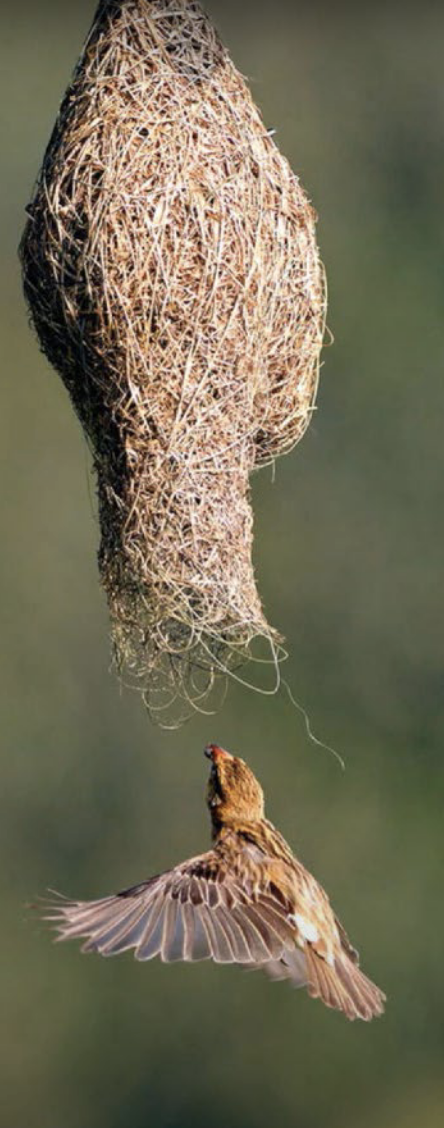
Size-restricted dome nest, weaver birds
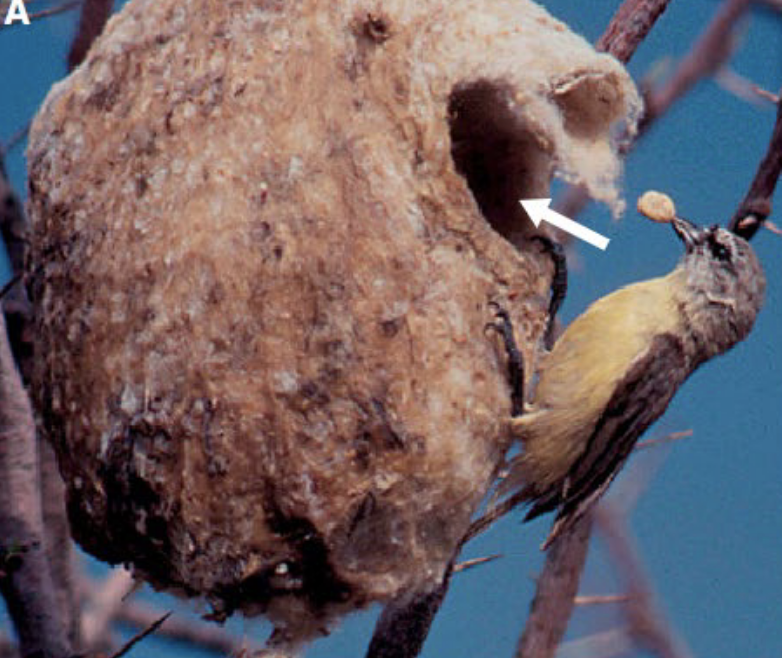
Dome nest with false opening, Southern penduline tits
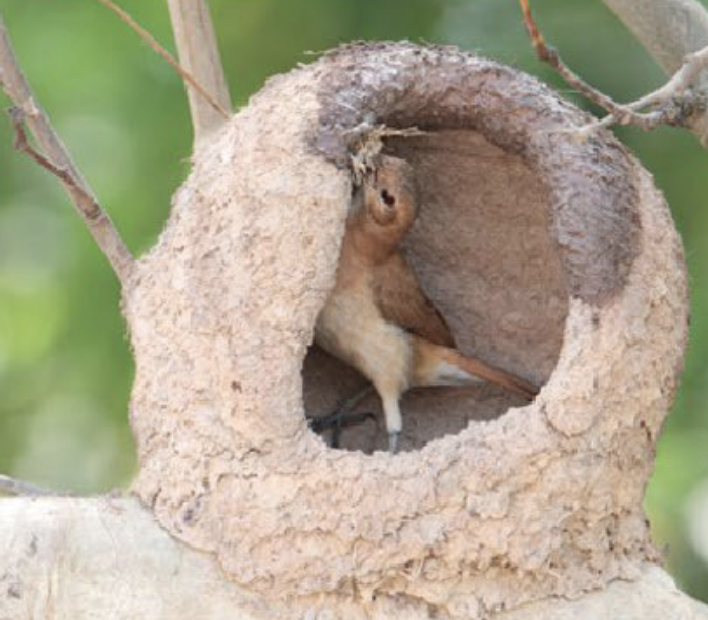
Dome nest complex structure, Rufous hornero

Primary cavity nest, Gila woodpecker

Secondary cavity nesters, hornbills

Burrow, some swallows and kingfishers
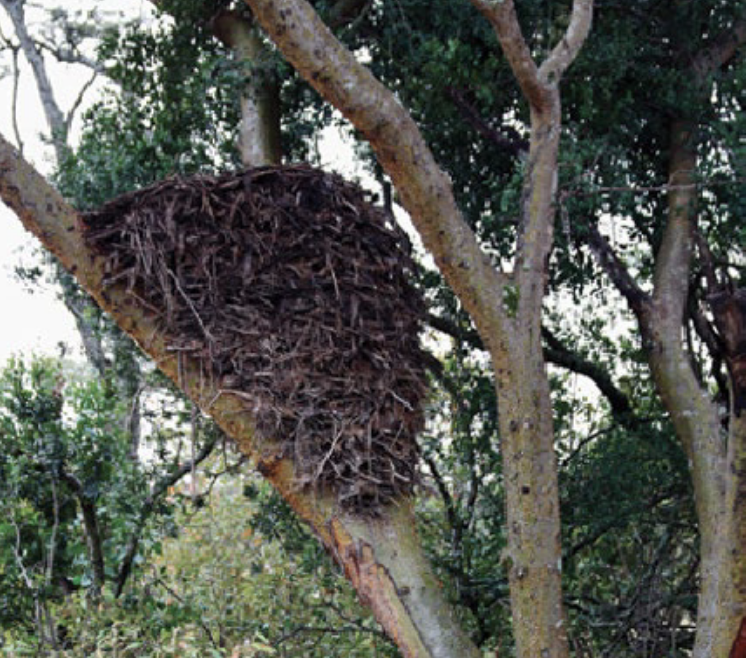
Mound nest, Hamerkop and sociable weavers
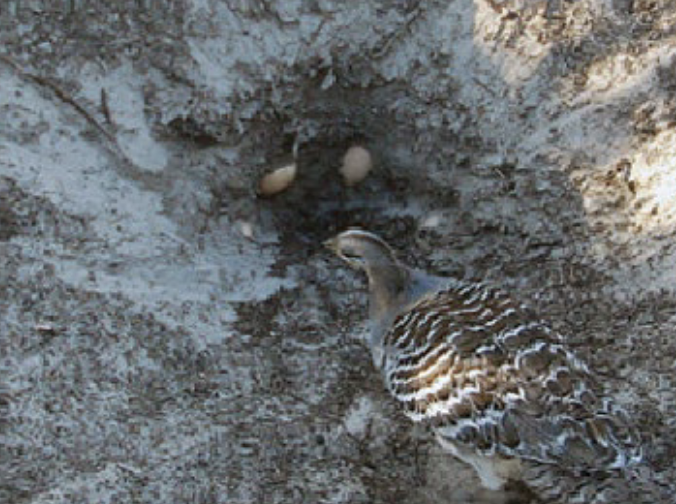
Moundbuilders, megapodes, only birds that don’t incubate eggs due to volcanic heat warming the eggs, very long incubation times
Explain how primary cavity nesters like woodpeckers/flickers can be keystone species.
Primary cavity nesters are important for maintaining secondary cavities in avian
communities, In British ColumbiabNorthern Flickers == keystone species because dozens of species nest in their abandoned cavity nests
How much larger are male testes in the breeding season?
200-300x larger
Does size of testes vary across species?
Yes.
What is the purpose of the seminal vessel?
stores sperm and can be used to identify bird sex in the breeding season via the cloacal protuberance
What birds have a cloacal phallus?
Ratites and waterfowl
What is sperm competition and why does its intensity vary among species? Be able to describe differences between leks versus polyandrous breeding systems.
when a female is inseminated by more than one male during a single breeding cycle. No need for sperm competition in leks because the competition happens on the outside when a female chooses her mate from the lek, polyandrous spp. produce copious amounts of sperm to ensure they’re the ones that inseminate the female.
Why do female birds only have one oviduct?
Only having one oviduct reduces weight during flight and ensures that the female isn’t producing more than one egg at a time, which could cause the two eggs to crack against each other and scramble in her innards.
What birds have two functional ovaries?
• Accipitridae
• Falconidae
• Cathartidae
• Brown Kiwi
What is the infundibulum
Funnel shaped structure adjacent to the ovary, searches for and engulfs yolk that’s just been produced
What is the magnum?
largest section of the oviduct, yolk remains here about 3 hours for the albumen to develop
What is the isthmus
where the inner and outer shell membranes form
What is the shell gland?
Where the egg remains for several hours for the shell to develop
What is the purpose of chalazae?
Hold embryo in place and make sure it is always on top nearest the heat of the
female during rotation in incubation
What is the purpose of albumen?
Water supply for embryo, Shock absorber, Embryo floating – doesn’t get hurt, Rotation of egg, Insulator for temperature of the egg, Protects against growth of bacteria
What is a blastodisc?
a germinal spot representing a thin region of cells on top of yolk which
forms the embryo
What is the air cell/space?
Where chick takes it’s first breath when it hatches
Why is the egg shell strong on the outside but chicks can break it open?
chick absorbs calcium for bones and shaped like a roman arch, shell thickness declines as incubation furthers,
What does altricial mean?
the condition of young birds that hatch relatively undeveloped and in many cases naked or with sparse down; such helpless young require complete parental care.
What is the definition of the precocial?
condition of chicks that are already well feathered with down when they hatch, with substantial powers of thermoregulation and locomotion, and a considerable degree of independence from the parents for feeding.
What is clutch size?
The amount of eggs laid in an uninterrupted series, during a single nesting period, by one female bird.
What is incubation?
the behaviors by which parent birds keep their eggs within the temperature range for proper embryonic development.
What is brood reduction?
a behavior in which, during a time of limited food or other resources, a nesting bird directly or indirectly allows one or more of its eggs or nestlings to die, thereby reallocating their available resources to the remaining offspring.
What is siblicide?
nestlings can contribute to brood reduction by outcompeting nest mates for food and/or physical attacks
What is the link between yolk size and altricial/precocial young?
Precocial young have a higher proportion of egg to yolk than altricial young because precocial young come out larger and more developed, meaning they need those extra nutrients from the yolk. Altricial: Bohemian waxwing, Precocial: Ruddy Duck
Why is the Brown Kiwi and outlier in terms of yolk size?
70% yolk, ends up in stomach and “feeds” on this before emerging from nest burrow.
What is prolactin and what is its function?
A hormone that increases incubation behavior
What is a brood patch and which hormones are involved? Do only females have a brood patch? Explain your answer
A patch of skin on the breast and belly of a bird that has lost its feathers to increase heat transfer to eggs. Invovles estrogen and prolactin. In single-sex incubation species, the other sex can develop a brood patch in an emergency
What is the difference between determinate and indeterminate layers? Know an example of each.
Determinate
• Lay a set number of eggs
• Even if eggs are removed from the
clutch
E.g. Chradriiformes 4 egg clutches
• Indeterminate
• Continue to lay even if eggs are
removed
• E.g. Northern flicker
• Laid 71 eggs in 73 days!
Know the difference in incubation between synchronous and asynchronos hatching?
Asynchronous: a pattern of hatching in which the eggs within a clutch hatch over a period of many days, synchronous: hatchlings hatch around the same time
How is an increasing flight proficiency linked to offspring developmental mode?
More altricial birds (higher parental investment) have higher flight proficiency due to better forelimb locomotion
How does nestling gape color affect feeding patterns in terms of nestling survival?
Brightest / reddest gape
• Indication of good quality / good investment
• Maybe not all nestlings will survive
• Gape color indicating weakness/need
• Good investment to feed if it’s likely to
survive
• Cavity nesters – color thought to help
parents find nestlings in low light
conditions
Which stage in the nesting process is considered the most vulnerable and why? Give and example to justify your answer
Fledgling stage. Fledglings have little to no skills and they typically have less parental investment as at least one parent has likely begun preparing a second nest. Yellow-eyed Junco: First 9 days (can’t fly well) = 50% mortality, First days after independence = high starvation rate
Know the 3 adaptations for brood parasitism
• Lay more eggs (BHCO 30-40 on average / season)
• Spread eggs around: Avoid predation jackpot
• Pick on smaller host species
Know the 6 adaptations (of brood parasites) for gaining maximal resources from their host.
1. Eggs have very thick shells
2. Larger eggs and chicks for faster
growth
3. Shorter incubation periods
4. Aggressive chicks
5. Egg and nestmate destruction
behavior by chicks and adults
Imitate host eggs, nestling begging call and mouth marks
What are the 2 counter adaptations hosts can use to escape such parasitism?
Learn to recognize the parasite egg, Abandon nest and start a new nest and
clutch if they can’t remove the egg
How are cuckoo races across different areas able to mimic so many different species’ eggs?
female cuckoos are genetically distinct ZW versus males that are ZZ – egg coloration is W chromose linked
What is the difference between facultative and obligate brood parasitism?
Facultative can build their own nests
Obligate have to use another bird’s nest to raise chick